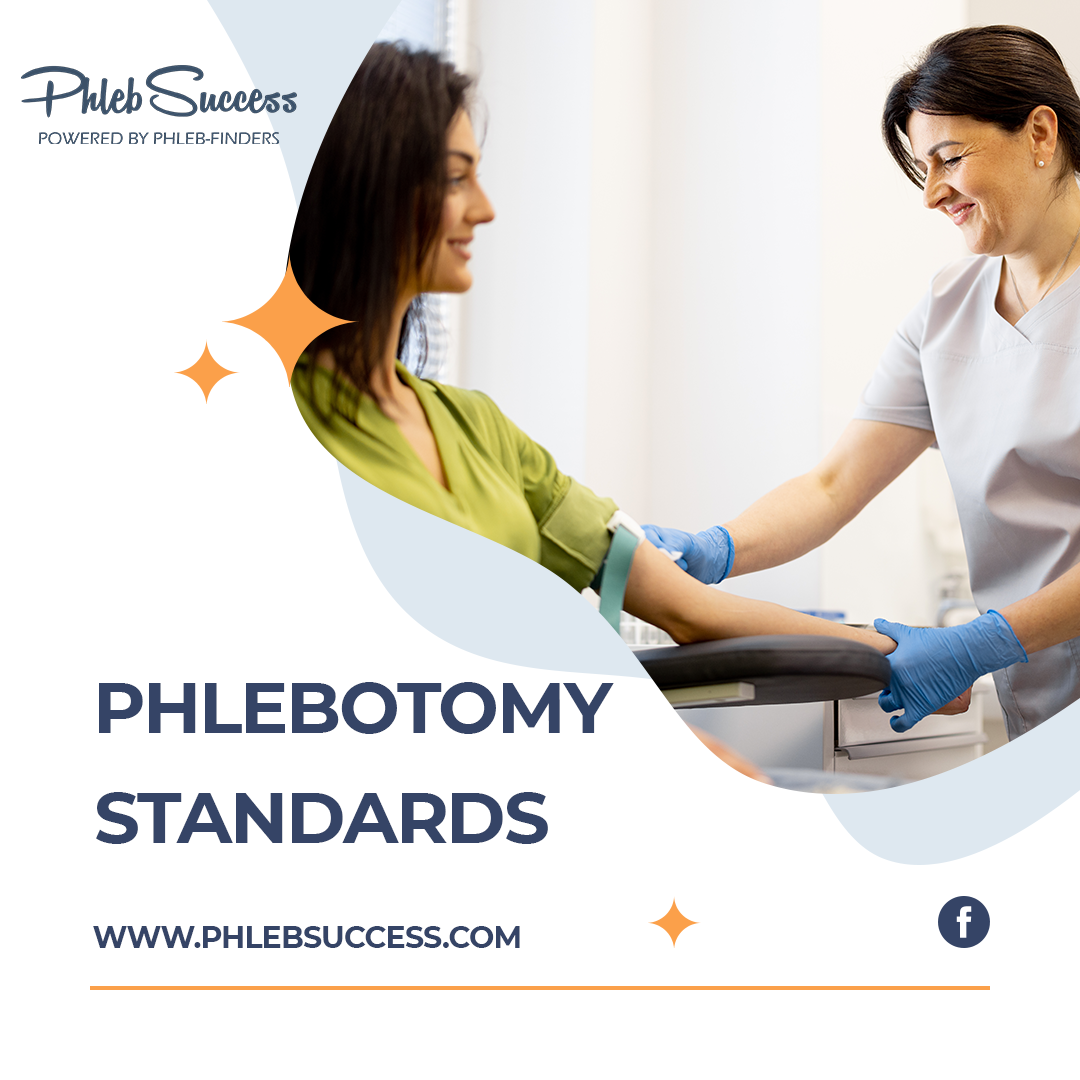Personal protective equipment (PPE) usage and safety protocols
The proper use of personal protective equipment (PPE) is paramount in ensuring the safety of phlebotomists, patients, and the broader healthcare environment. Phlebotomy practice necessitates the diligent application of PPE to mitigate occupational hazards, minimize the risk of exposure to bloodborne pathogens, and uphold infection control standards.
Phlebotomists are required to utilize a range of PPE, including gloves, gowns, face shields or goggles, and masks, to protect themselves and others from potential exposure to infectious materials during blood collection procedures. The selection and proper donning of PPE are governed by established safety protocols, which dictate the appropriate use of PPE based on the nature of the task, potential hazards, and the risk of exposure to blood or other potentially infectious materials.
Reference:
- Centers for Disease Control and Prevention. (2008). Guidelines for Isolation Precautions: Preventing Transmission of Infectious Agents in Healthcare Settings.
In addition to utilizing PPE, phlebotomists must adhere to safety protocols for the proper removal and disposal of contaminated PPE to prevent cross-contamination and transmission of infectious agents. This includes the correct technique for removing gloves, avoiding skin contact with potentially contaminated surfaces, and the safe disposal of used PPE in designated biohazard waste containers.
Reference:
- Occupational Safety and Health Administration. (2011). Bloodborne Pathogens Standard 29 CFR 1910.1030, Occupational Safety and Health Administration.
Moreover, training on the appropriate use and maintenance of PPE is integral to phlebotomy education, ensuring that phlebotomists possess the knowledge and skills to effectively utilize PPE in diverse clinical scenarios. This includes instruction on how to select the appropriate type and size of gloves, how to properly gown and remove PPE, and the importance of hand hygiene before and after PPE use.
Reference:
- World Health Organization. (2009). WHO Guidelines on Hand Hygiene in Health Care.
Phlebotomists should also receive education on the limitations of PPE and the circumstances under which additional precautions, such as double gloving or the use of puncture-resistant sharps containers, may be warranted to enhance protection against occupational exposures.
Reference:
- U.S. Department of Health and Human Services. (2001). Guidance for Industry and FDA Staff – Medical Devices with Sharps Injury Prevention Features.
By integrating comprehensive training on PPE usage and safety protocols into phlebotomy education and practice, phlebotomists can safeguard their well-being, minimize the risk of occupational exposures, and uphold the highest standards of patient and healthcare worker safety.
Reference:
- Clinical and Laboratory Standards Institute. (2015). Protection of Laboratory Workers From Occupationally Acquired Infections; Approved Guideline—Fourth Edition.
